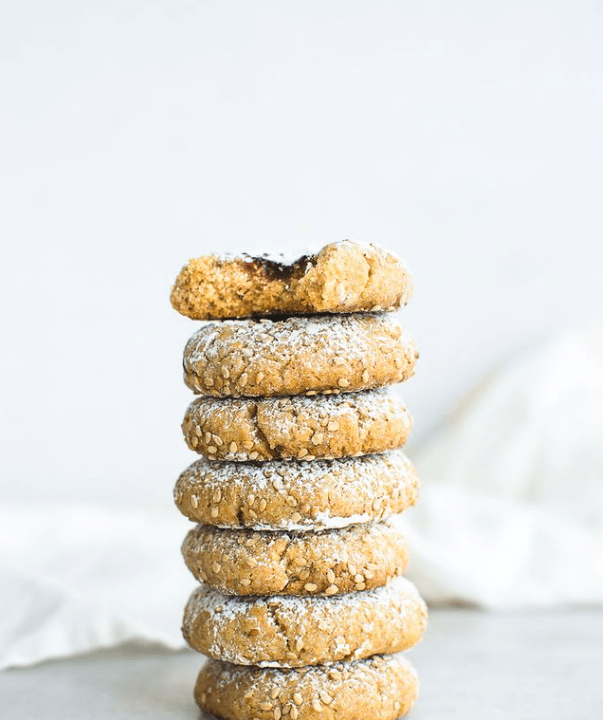Found at almost any classic American diner and commanding nearly a whole shelf at the supermarket with all its variations, ranch dressing permeates virtually every aspect of American cooking in one way or another.
Easily America’s favorite salad dressing, ranch commands an estimated 40 percent of the market share, according to the Association for Dressing and Sauces. Other favorites, such as Italian and Caesar, lag by a significant margin. It’s also the second most popular condiment, next to mayonnaise. The demand for ranch dressing is worth more than $100 million annually.





